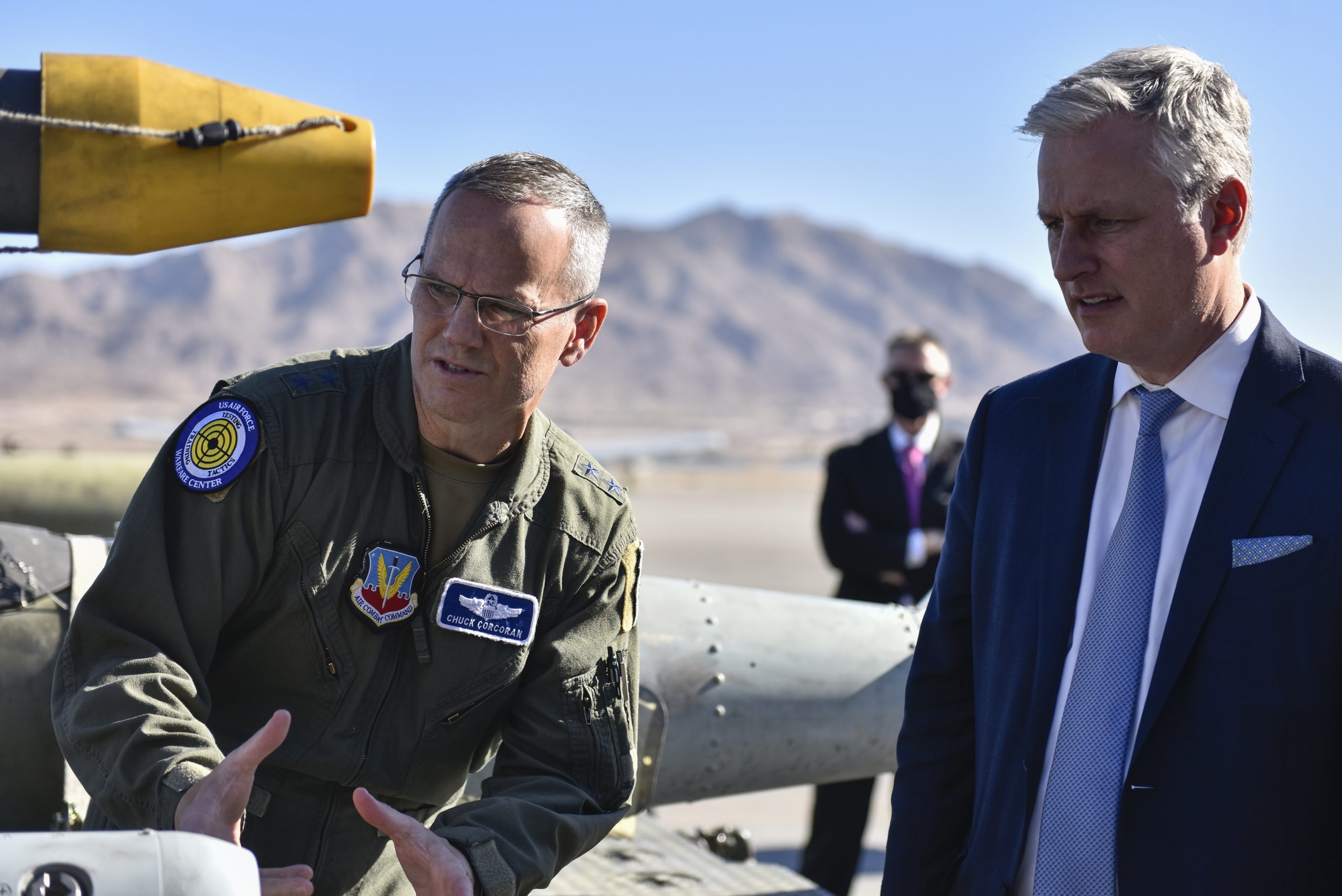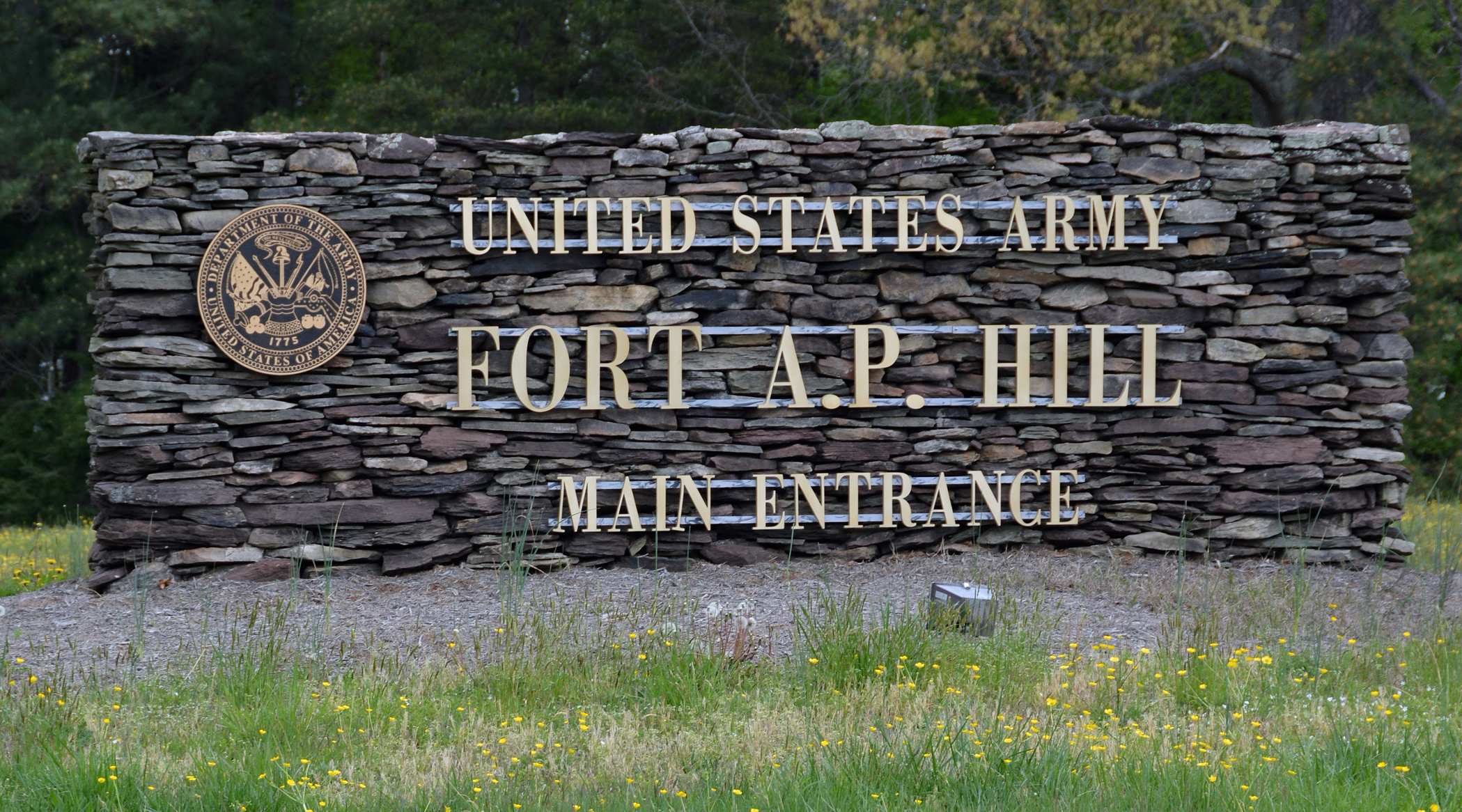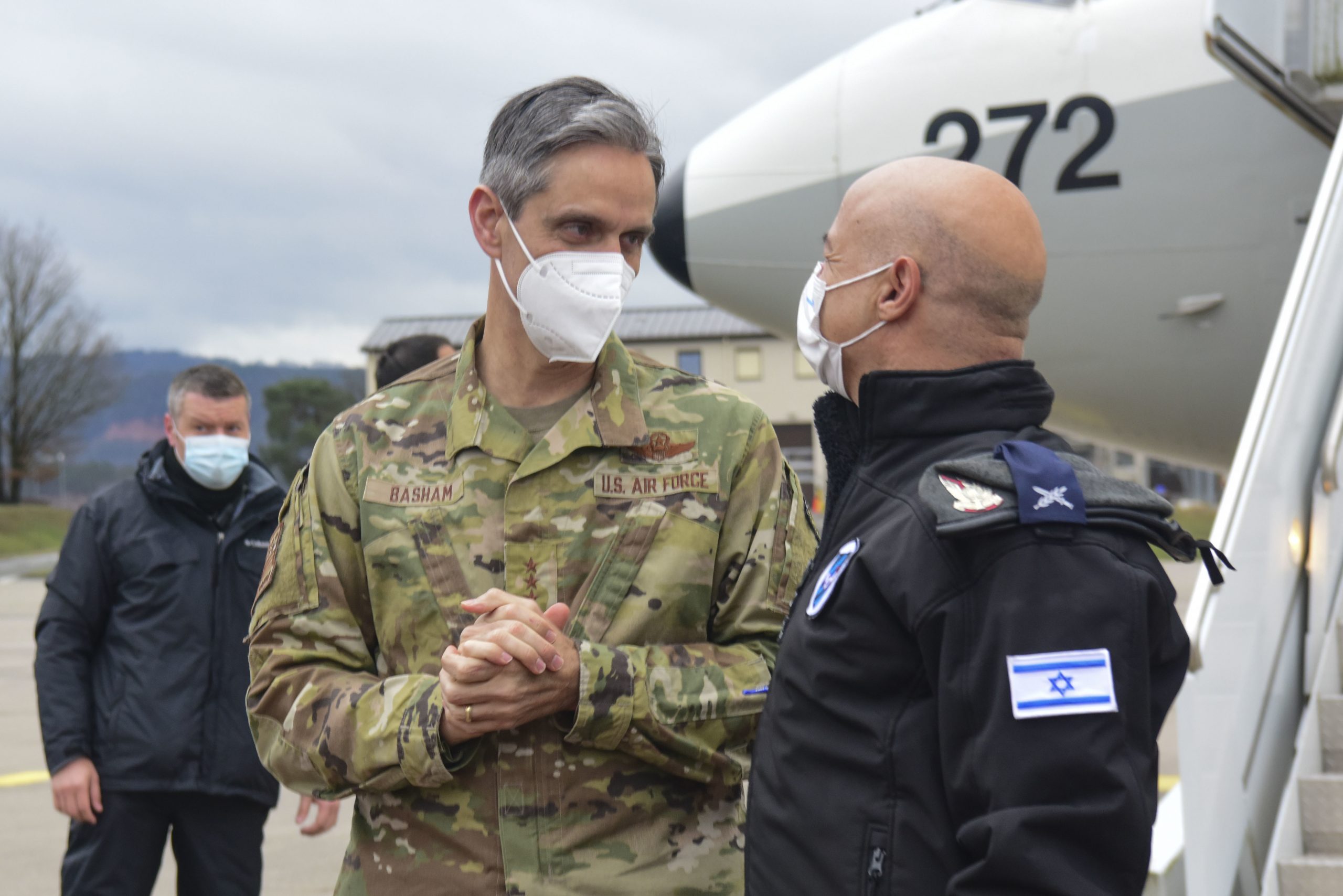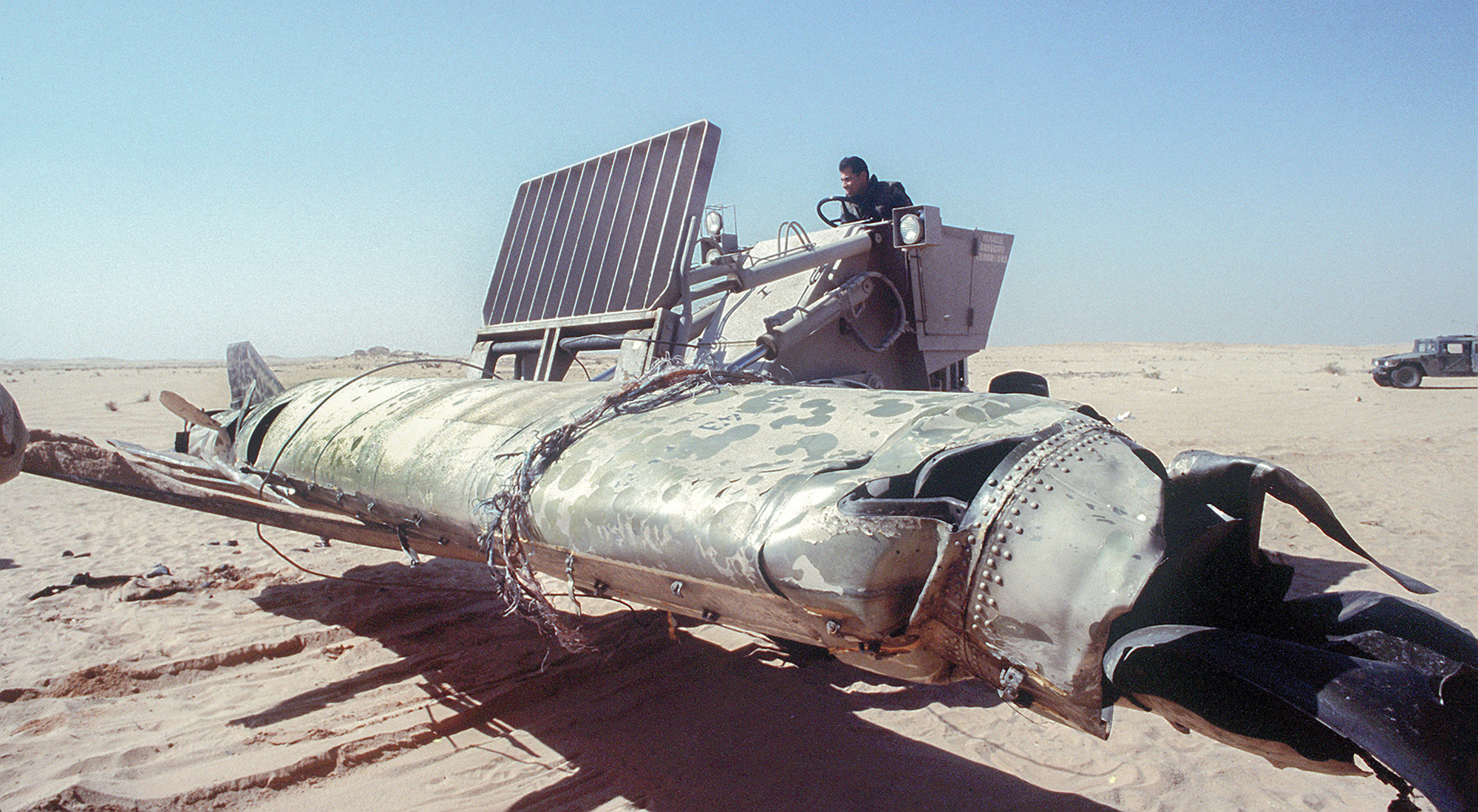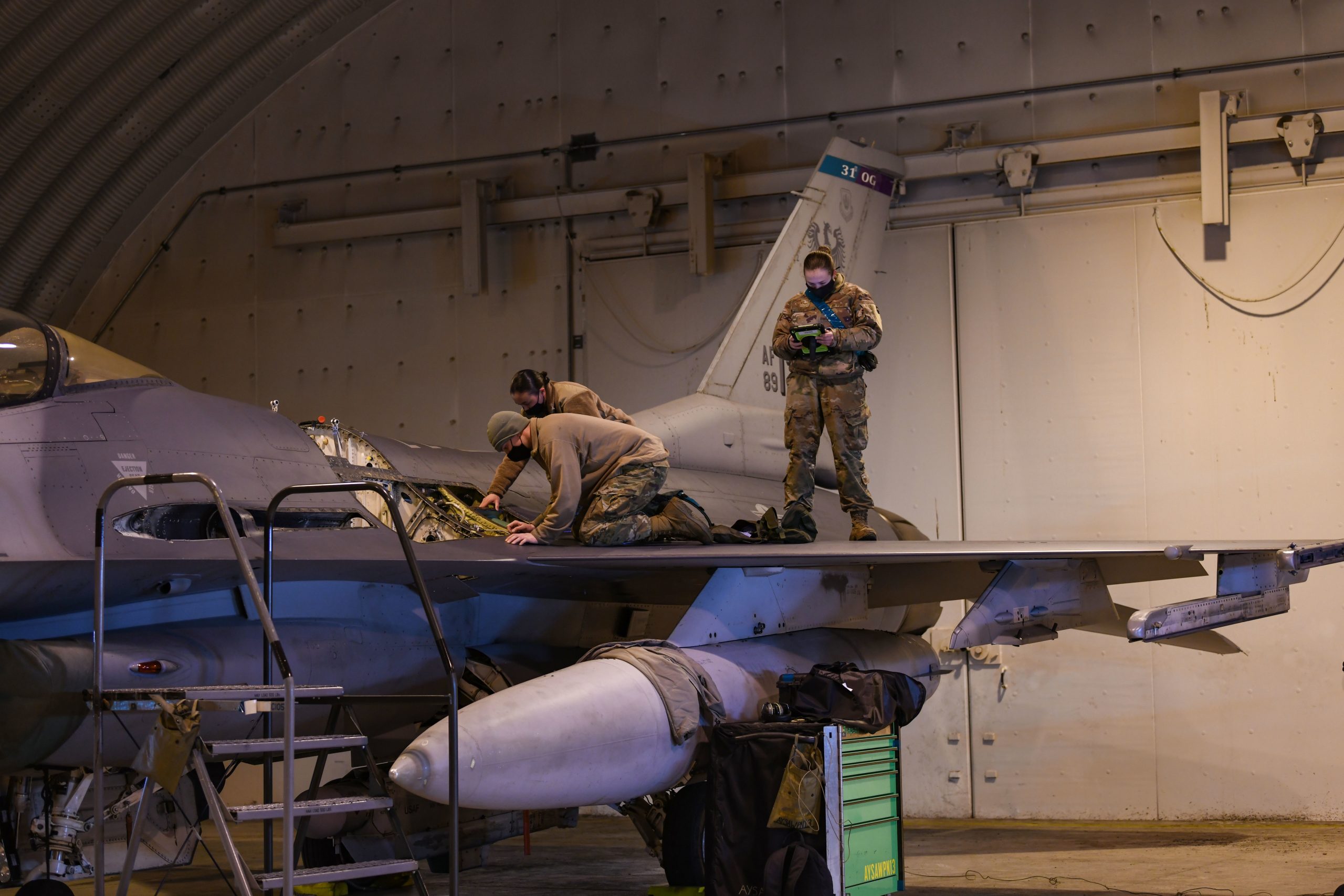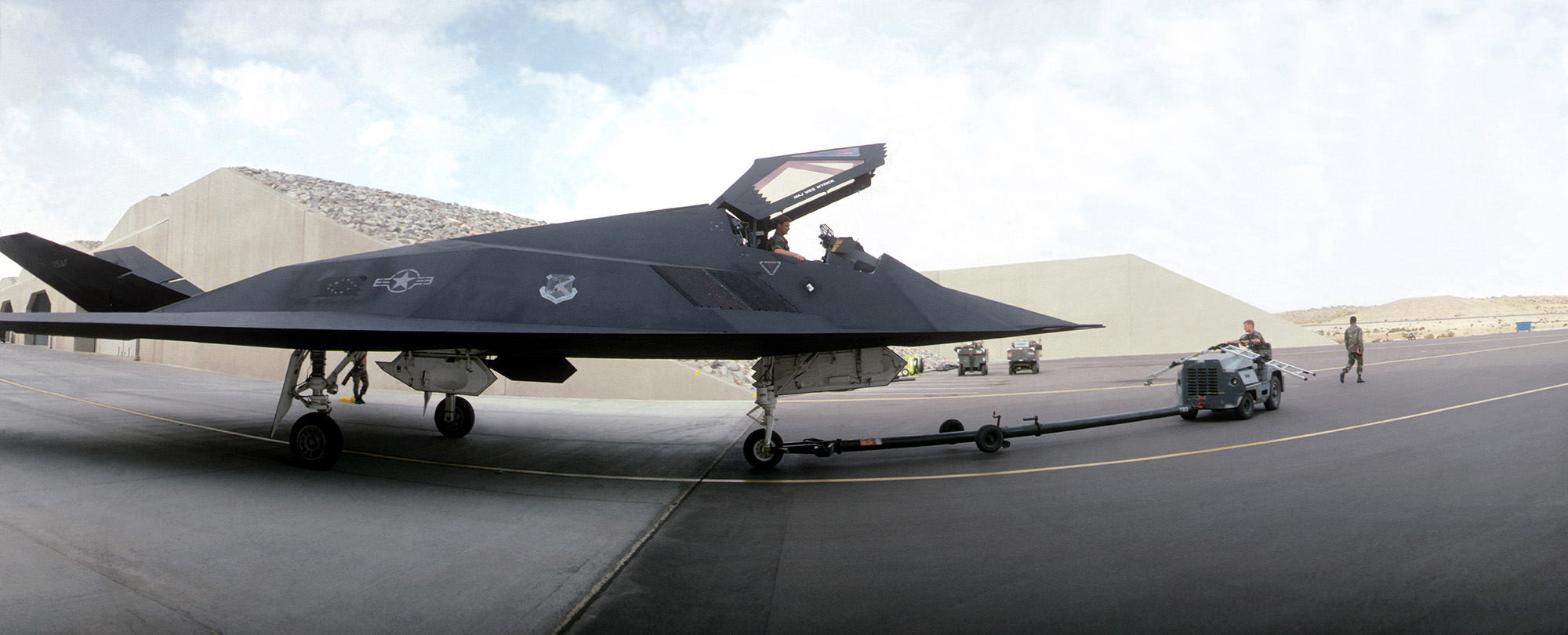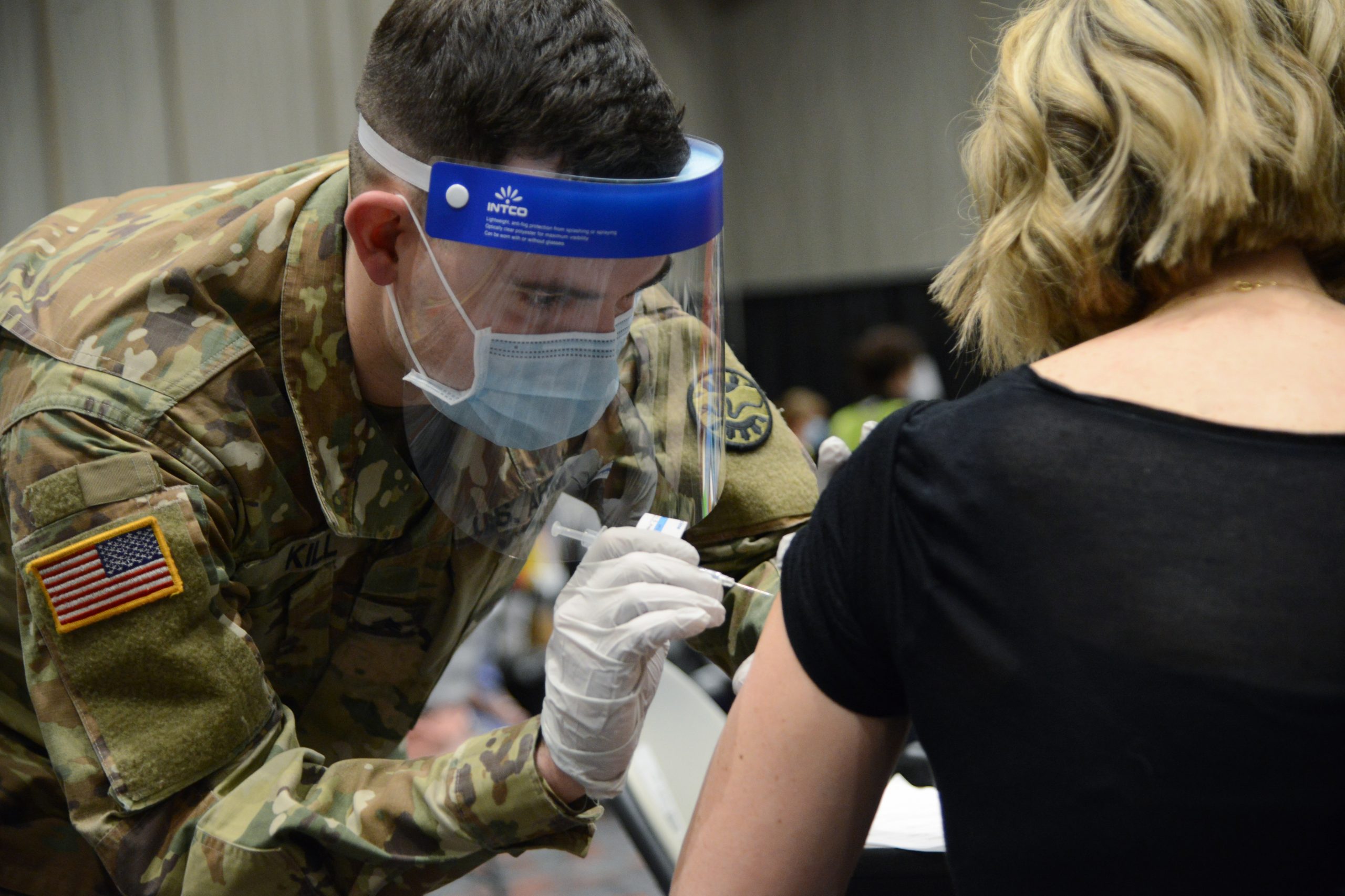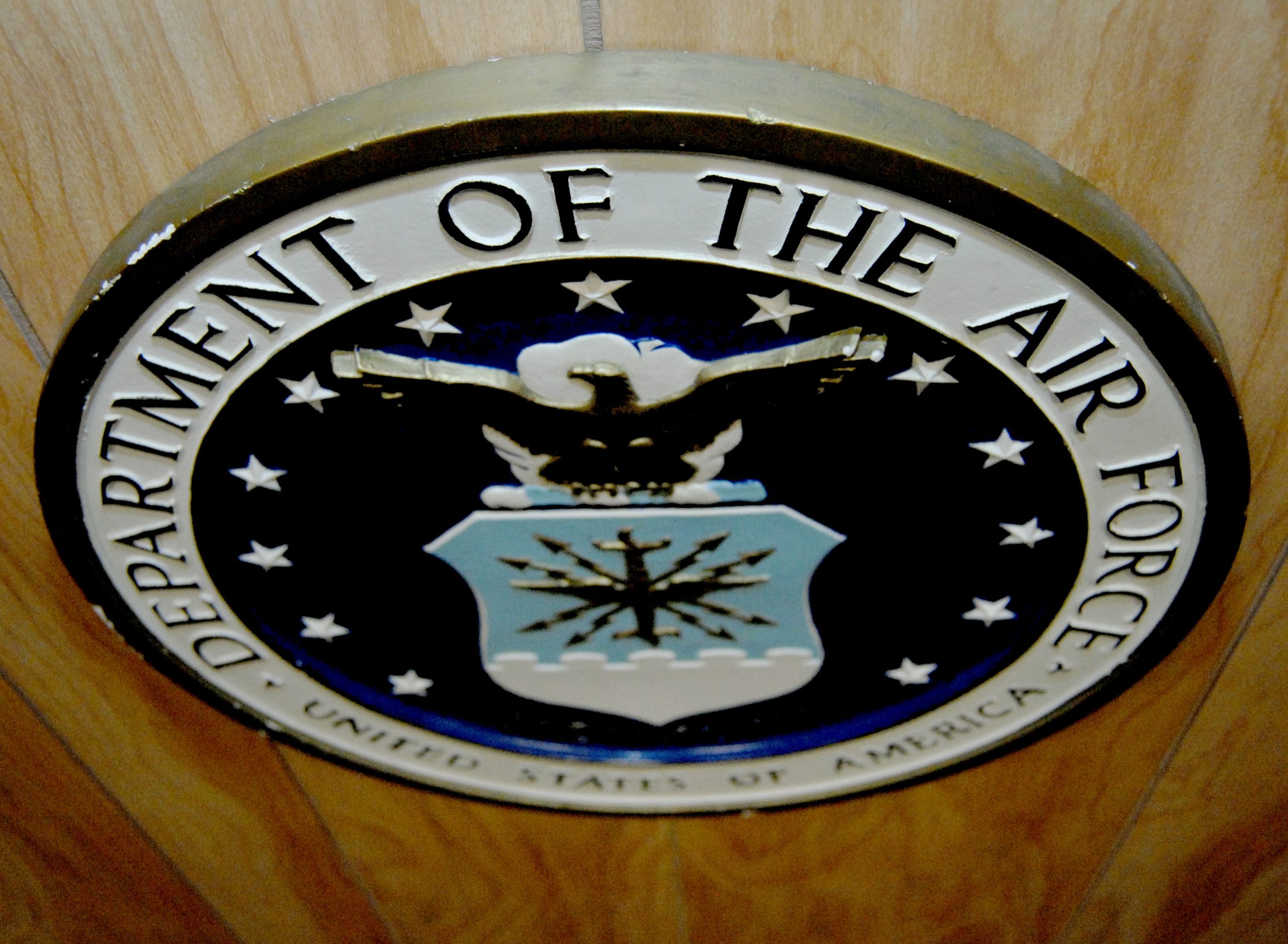More than three dozen Air Force officials are headed to new postings at the Pentagon and around the world, the Defense Department announced Feb. 12.
At the highest level, Maj. Gen. Charles S. Corcoran will leave his job as head of the Air Force Warfare Center in Nevada to serve as assistant deputy chief of staff for operations at USAF headquarters in the Pentagon. He’ll be replaced by Maj. Gen. Case A. Cunningham, Air Combat Command’s plans, programs, and requirements director and a former MQ-9 Reaper wing commander.
Brig. Gen. (select) Steven G. Behmer is moving into the job of F-35 Joint Strike Fighter integration director at the Pentagon. He now commands the 388th Fighter Wing at Hill Air Force Base, Utah.
Others are taking new jobs at assorted operational wings and major commands worldwide. Numbered Air Forces are seeing a shakeup as well: Maj. Gen. Michael G. Koscheski will become commander of 15th Air Force at Shaw Air Force Base, S.C., which was created last year from a merger of the combat assets in 9th and 12th Air Forces. Koscheski is currently deputy commander of Air Forces Central Command.
DOD did not say where Maj. Gen. Chad P. Franks, the group’s current boss, is going.
Read the full list of 38 job changes here.
